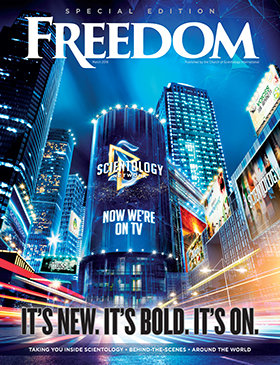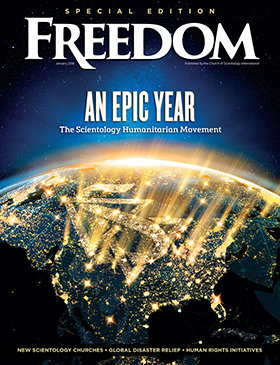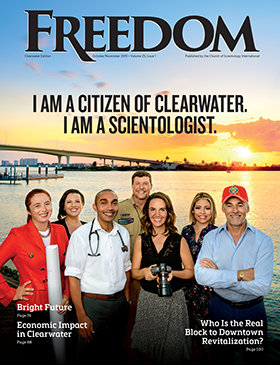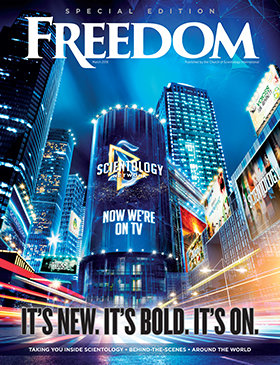
There is almost no social current that does not have addiction as a component. Sports, work, the military, education, transportation, relaxation—you’ve undoubtedly seen or read material that involves the intersection of almost any aspect of life with addictive substances.
Humankind has been obsessed with addiction since the Stone Age, when Neolithic folks discovered magic mushrooms and mind-altering strains of cacti. There is evidence our ancestors began consuming alcohol as long as 10 million years ago.
So, yes, put a group of humans together and some of them will probably end up getting high, snockered or wrecked on something. As Grace Slick intoned in Jefferson Airplane’s generational anthem “White Rabbit,” “feed your head” was supposed to be about liberation but instead became a dirge of disaster, depravity and death.
Cures have been much harder to find than addictive substances. Part of the problem: drunks were shunned, addicts were regarded as the lowest scum of society. Many of those afflicted were “treated” by being dumped into psychiatric hellholes.
In 1935, Alcoholics Anonymous was formed by two alcoholics. The “12 step” program they created was based on abstinence. If you wanted to stop drinking, well, you had to stop drinking. AA has been a lifesaver for many, but it includes a religious component that alienates some people because the program demands that alcoholics and addicts “turn our will and our lives over to the care of God.”
In 1966, the Narconon program was founded, based on the discoveries of humanitarian and Scientology Founder L. Ron Hubbard. Narconon is secular and employs an effective technology to purge harmful drug residues from the body and develop an individual’s innate mental and spiritual resources to overcome addiction. It is unique in its focus on discovering and addressing the reasons the person turned to drugs.
During the course of the last century of emerging rehab, addiction treatment began to include long-term residential facilities and extended outpatient programs. Some were based on abstinence regimens, others were more vacation spas where addicts and heavy imbibers could get dry, work on a good tan and head back out to the party.
But like prospectors arriving at mineral mines, there were those doctors, psychiatrists, drug companies and ethically challenged business operators who gazed upon addiction and proclaimed: “There’s gold in them, thar ills!”
Forty years ago, health insurance companies were willing to pay for recovery programs. After all, beating addiction improved people’s health and reduced overall costs. Employers endorsed the treatment programs—workers are more productive when they’re not stoned or drunk.
Most of those early programs were abstinence-based, and many adapted the Alcoholics Anonymous religious “higher power” model. That wouldn’t do for Big Pharma and Big Medicine. To get their pounds of flesh from suffering addicts and alcoholics, they began lobbying health insurance carriers and government agencies to restrict treatment to “scientific” or “medical” programs.
As Associate Editor Ajay Singh writes in this issue of Freedom, that crafty tactic has evolved into a deceptive and deadly concept called “medication-assisted treatment,” or MAT. What that means is if a heroin addict has been buying his drugs on a street corner, and wants to get “clean,” he checks into a treatment center where a kindly doctor has just the thing: a drug to get the addict off the heroin. As likely as not, the prescribed drug is itself related to heroin. Whatever, it’s often as addictive as the crap pushed on the street.
The mother lode of gold for Big Medicine and Big Pharma is when “treatment” results in patients being just as addicted when they leave a center as when they arrived. The patient is a patient for life. The cartels pushing the dope aren’t based in Mexico or Colombia, but rather in swank multi-national corporations based in major American and European cities. It’s a tragic story of greed and human destruction, overseen by smiling, well-groomed executives and doctors.
One alternative to treating-drugs-with-drugs is the object of the second story in this issue. It details the many success stories ex-addicts recount after they have totally beaten drugs via the Narconon program.
Even more uplifting news in this issue: Scientology has opened two new Churches. In Auckland, the new National Church of Scientology New Zealand resides in a historic, graceful former theological seminary. And the San Fernando Valley Church in Los Angeles now stands as the largest local Scientology Church in the United States, to serve a commensurately large community.
Beyond what those Churches mean to their congregations, they also stand behind a full sweep of Church-supported humanitarian programs to uplift every community from drug abuse, criminality, human rights violations and other social ills. Our “Into the Field” section includes a world view of several of those programs, as adopted and led by humanitarian-minded individuals who share our goal of a better society for all.
—The Editors































